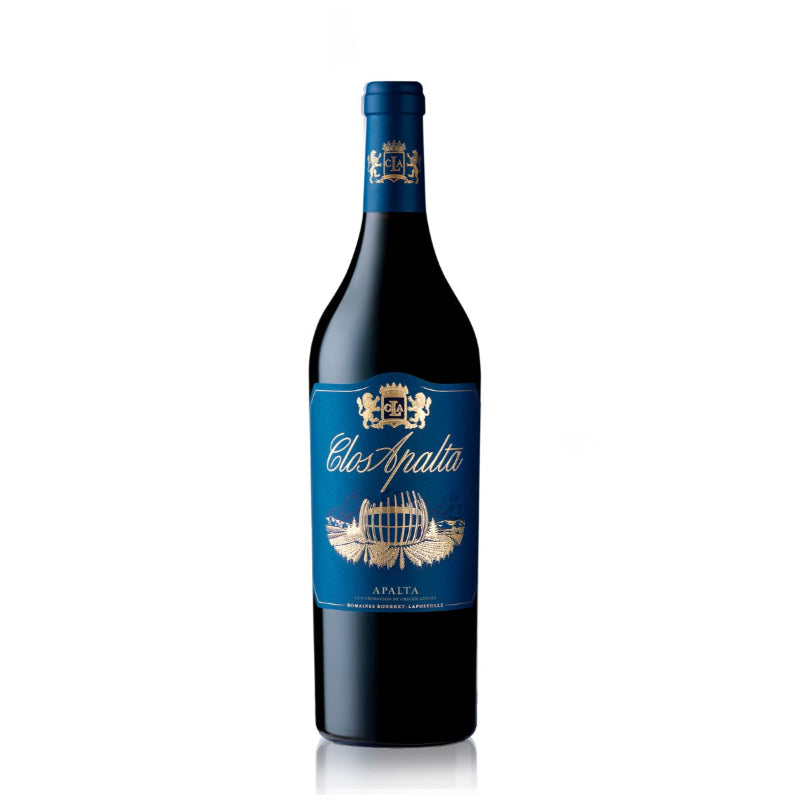Clos Apalta 2021 750ml
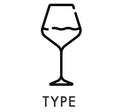



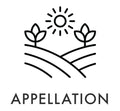

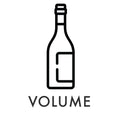

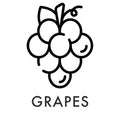

Clos Apalta 2021 is a powerful yet elegant red blend of 75% Carmenère, 18% Cabernet Sauvignon, and 7% Merlot. Aromas of black and red cherries, blackcurrant, figs, spices, lavender, pine needles, and subtle white pepper lead to a dense, velvety palate with perfectly integrated tannins, vibrant freshness, and layers of spice, cocoa, and graphite. Harmonious and refined, it can be enjoyed from 2028 but has the structure and balance to age gracefully through 2041.
James Suckling | JS 100
Published: Mar 21, 2024
Extremely aromatic with red currants, blackcurrants, spices, iodine, paprika and subtle hints of white pepper. Fresh flowers, fresh sage, lavender and some pine needles and sandalwood. Medium-bodied with perfectly integrated tannins that go on for minutes with refined and harmonious fruit that integrates beautifully into the wine, giving it a weightless structure that shows class and verve. Endless balance and length. It’s so balanced that you could drink it now but it will age for decades. A blend of 75% carmenere, 18% cabernet sauvignon and 7% merlot. Best after 2028.
Wine Spectator | WS 96
Published: May 21, 2025
Aromatically complex and intriguing, this offers a spiced plum pastry note that melds with petrichor, pine, dried violet and cocoa powder elements. The palate is round and richly textured, with Szechuan peppercorn accents to the concentrated black cherry, plum and cassis center. Everything comes together harmoniously on the finish and lingers, with present but integrated tannins. A stunner that should develop nicely in the cellar. Carmenère, Merlot, Cabernet Sauvignon and Petit Verdot. Drink now through 2040. 11,169 cases made, 1,500 cases imported.
The Wine Advocate | RP 95
Published: Mar 13, 2025
Drink: 2025-2036
The 2021 Clos Apalta consists of 75% Carménère, 18% Cabernet Sauvignon and 7% Merlot, aged for 24 months in 75% new French oak. It opens with a rich, lavish and inviting bouquet of black fruits, purple flowers, pipe tobacco and graphite. The palate is smooth and velvety, revealing its ripe, vibrant character while maintaining a sense of sophistication. It concludes with a focused, lively finish of ripe fruits and polished tannins. While it distinctly emphasizes its luxurious profile, it does so without completely overshadowing its origins, something not all who chase this style accomplish.
The wines from Lapostolle and Clos Apalta achieve an impressive balance between luxurious, sleek textures and vibrant, lively energy, successfully preventing the former from completely overpowering the latter. Although the polished, meticulous style is unmistakable, Technical Director Andrea Leon does an admirable job of ensuring that ripeness levels, textural adjustments, extraction protocols or élevage regimes do not entirely strip the wines of their origins. Most remarkable of all is a superb bottling for the VIGNO collective—one of the best wines in that range.
Jancisrobinson.com | JR 17.5++
Published: May 28, 2024
Drink: 2028–2041
75% Carmenère with Cabernet Sauvignon, Merlot and Petit Verdot.
The oak is masking the fruit at this stage, but older vintages prove that this will settle and balance before long. Smoke, granite, black cherry, fresh acid, finely ground tannin and warm, full body that is kept bright from fresh acid. This is very much a provisional score – there's more to come.
Closapalta.com
Tasting Notes
COLOR
Beautiful dark purple robe with dark violet edges.
NOSE
Expressive nose with red fruit such as black and red cherry, figs and plums. with a spicy and black pepper notes.
PALATE
Dense and concentrated palate that opens towards freshness and more spicy flavors, with elegance and depth. Very long finish.
Vintage Report
Appellation
Apalta.
BLEND
75% Carmenère, 18% Cabernet Sauvignon, 7% Merlot
HARVEST
March 9th to May 7th.
GROWING CONDITIONS
The 2021 vintage was challenging as it brought a scenario of climatic disruptions and the development of the COVID-19 pandemic. The winter was mild, with temperatures 2% higher on average. We had a good amount of rain, 63% more than the previous vintage. The spring changed the temperature pattern with a wider thermal amplitude and an increase in maximum temperature and lower minima. The flowering arrived about 10 days earlier than the average, from the 5th to the 23rd of November. No frost or heat waves were recorded. The summer brought a climatic phenomenon called an "atmospheric river" that resulted in a 68 mm rain from the 29th to the 31st of January. This event has never been recorded before and coincided with the veraison. From this event onwards, the weather switched to be consistently cooler with temperatures 12% lower than the historical average. During February we had particularly overcast conditions, solar radiation was 8% down compared to the average of the last 5 seasons. The fall was fortunately dry and cold, it helped with the health of the vines. Under these significant cold conditions, the maturity arrived slowly, the accumulated heat was lower
than in the past four vintages which was a positive factor. The yields ended up being generous considering the challenges we faced, and most importantly with grapes that produced wines of excellent quality.

